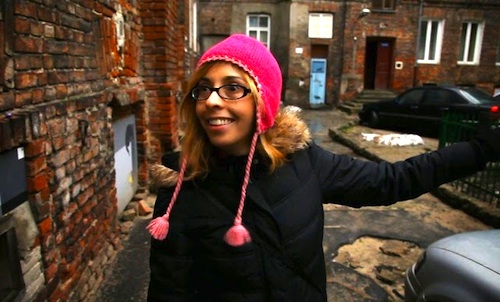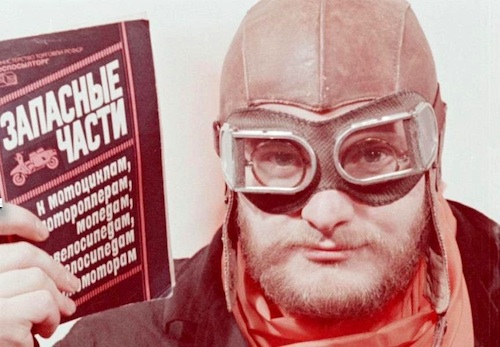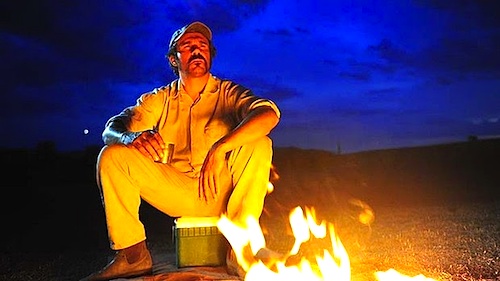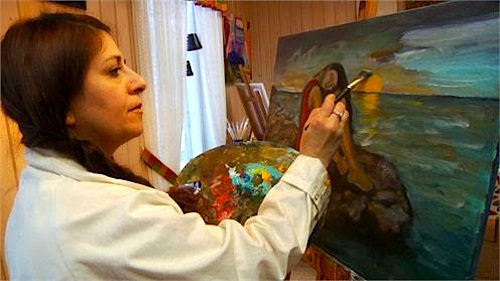By Joe Bendel. There are those who use the term “right of return” as a holy mantra, but if it were ever granted to the Jewish diaspora in every country that ever dispossessed their Jewish citizenry, nearly all of Europe and the Middle East would face serious legal implications. However, at least one nation would readily welcome them back. That would be Poland, which has embraced its Jewish history in recent years, even though its Jewish population remains small. Nevertheless, there are a significant number of Poles who belatedly learned of their families’ secret Jewish heritage in the post-Communist era. In very different ways, four such women will chose to embrace their Jewish roots in Adam Zucker’s The Return, which screens during the American Museum of Natural History’s 2014 Margaret Mead Film Festival.
During the National Socialist occupation, anyone whose family was the smallest part Jewish had every reason to keep it secret. The circumstances were somewhat less dire under Communism, but it is important to remember the atheistic Party periodically launched its own anti-Semitic campaigns. However, in a modern Poland shaped by Walesa and Wajda, attitudes are dramatically different. In one scene, we see a long abandoned provincial synagogue with the words “Jews, we miss you” scrawled across it, in a weird but affecting graffiti tribute.
Tusia and her boyfriend are scouting that building, hoping they can repurpose it into some sort nonprofit that will serve both the local town and pay tribute to those who once worshipped there. However, their future is uncertain, because they both feel the lure of Bushwick, Brooklyn (there’s no accounting for taste). In fact, all four women profiled share a common dilemma. Do they stay in Poland to rebuild the Jewish community or do they go abroad for the sake of their families and careers? Both Kasia, a leftwing activist, and Maria (who alone among Zucker’s subjects was born and bred Orthodox) find the grass is greener in Israel, either for academic research or raising children. Similarly, Katka, a Slovakian Orthodox convert, will debate where she should pursue her studies.

One of the great ironies of Return is the sort of ambiguous state Kasia and those whose mothers were not Jewish find themselves in. While not technically considered Jewish, they would have been more than Jewish enough to be persecuted under the previous regimes. It is a thorny question that the Kasia and Katka resolve in their own ways.
Together with films like 100 Voices: a Journey Home, Return presents a more complete portrait of the tolerant, modern day Poland that deeply mourns its Jewry lost to National Socialism and further repressed by Soviet Socialism. It even has some celebrity cachet, thanks to Matisyahu, whose performance at the Krakow JCC clearly held a great deal of personal significance for the performer. However, the film’s POV figures are maybe not as consistently riveting as one might hope. Nonetheless, it is a laudably optimistic film that offers a lot of helpful context and food for thought. Respectfully recommended, The Return screens this Saturday (10/25), as part of this year’s Margaret Mead Film Festival.
LFM GRADE: B
Posted on October 23rd, 2014 at 3:50pm.




